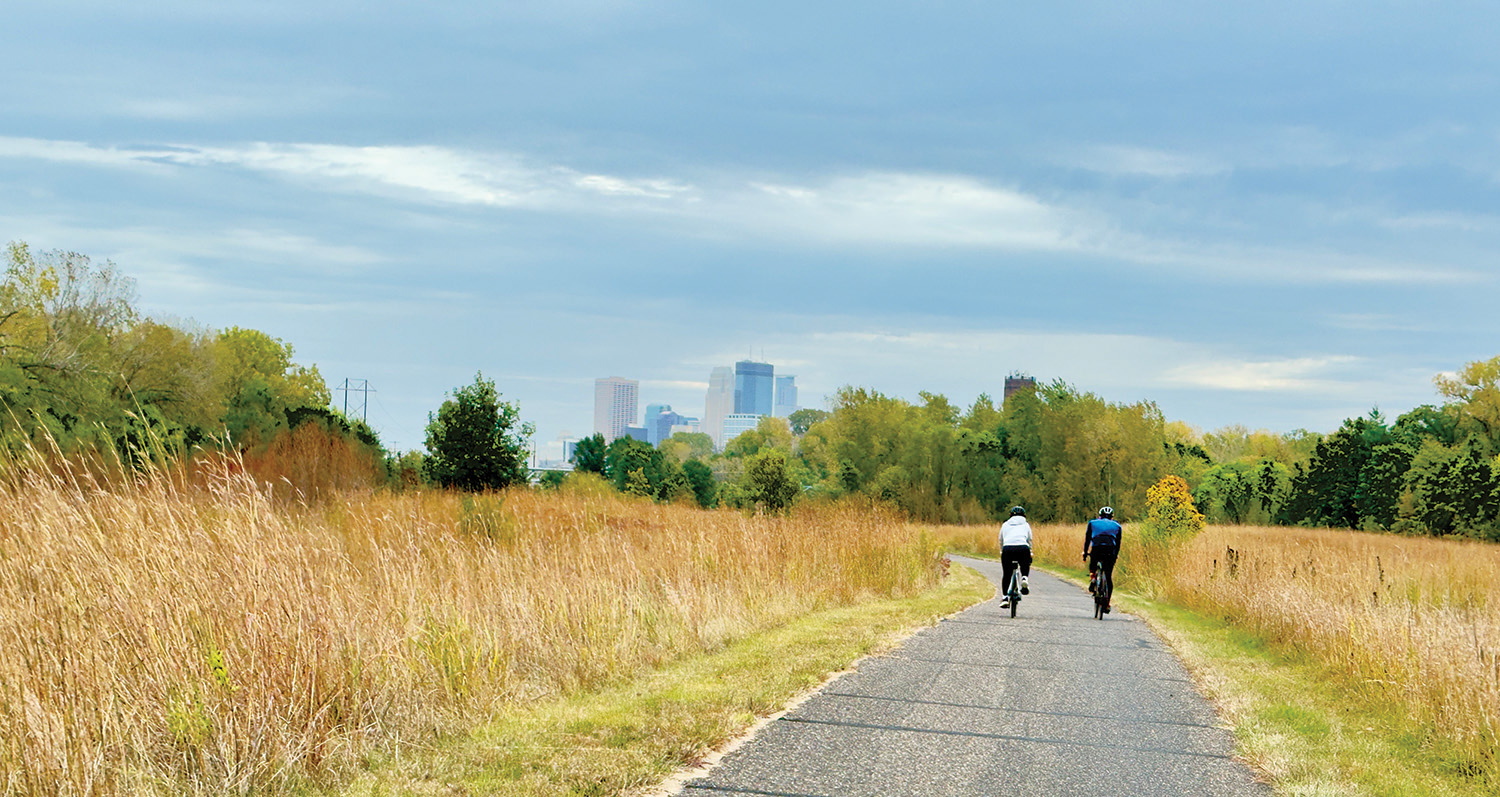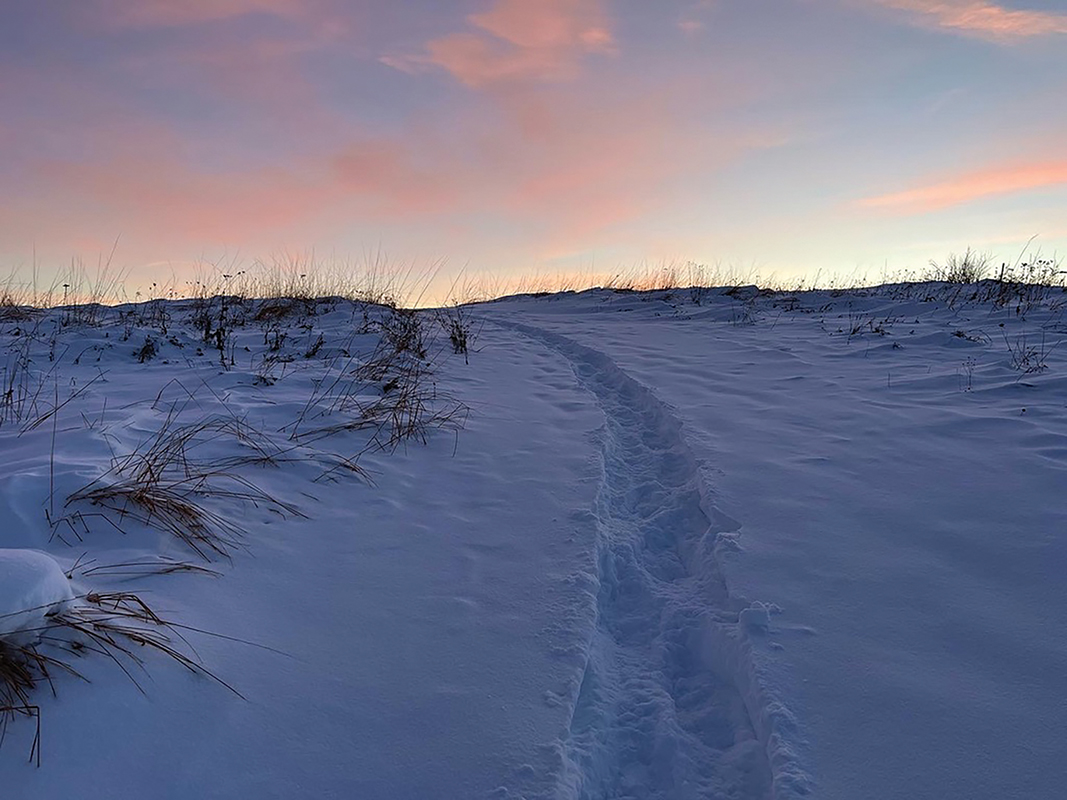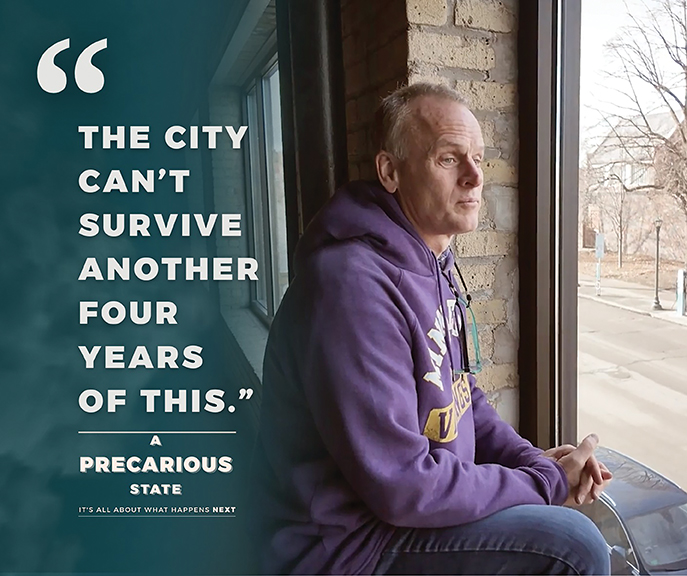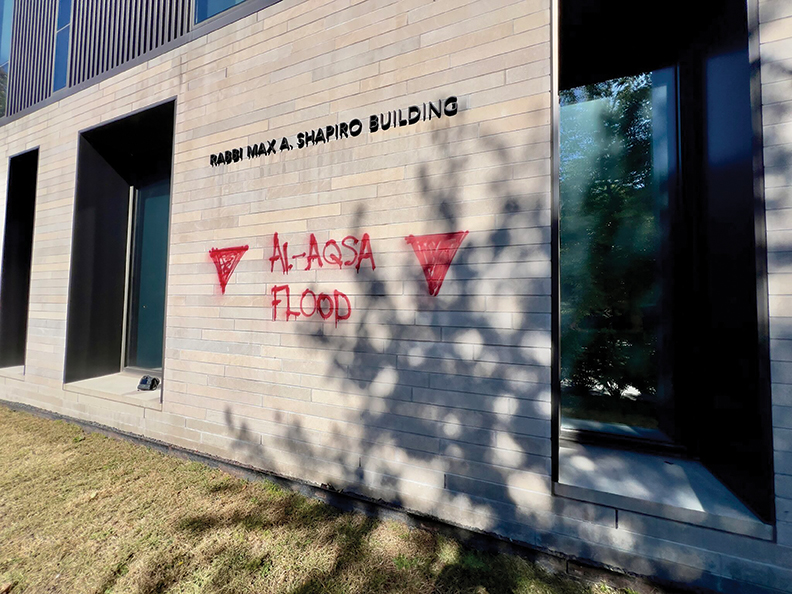In late January, the Minneapolis Park and Recreation Board released its much-anticipated, near-final draft of the long-term plan for the Cedar-Isles parks area. This document sets out the Park Board’s vision for the area over the coming 20-30 years. Release of this latest draft kicks off a 45-day public comment period, ending March 10, after which the Park Board staff will make final revisions before presenting the document to the Board of Commissioners for approval sometime this spring.
I’m pleased to report that the latest draft hews quite closely to the basic contour of the earlier “preferred park concept,” as amended by the Community Advisory Committee over the course of last summer. For those of you who may have missed earlier coverage of this process in Hill & Lake Press, the original rough drafts of the plan were quite heavy on built structures and road closures, but the subsequent “preferred park concept” took a much lighter touch after a high volume of feedback from the community and the CAC, opting instead for a primary focus on water quality and ecology.
This latest version of the plan retains that water quality/ecology focus, while remaining respectful of the individual character of each lake and discrete park area. New, built structures remain at a relative minimum, and there are no radical changes to the existing car and bike circulation patterns. Of course, there are several items that will likely cause some upset, but my overall reaction is that the plan broadly reflects the community preferences from this past year and is a vast improvement over the earliest iterations. As to those points of likely upset:
A “permanent” base for the warming house?
Permanent structures on Lake of the Isles were, hands-down, one of the most unpopular elements of the early design plans. During the initial public comment period, 41 people wrote letters or emails to the Park Board in strong opposition to permanent structures, while a grand total of three people wrote in support of a permanent warming house for the skating rink.
Recognizing this clear community consensus, the CAC wisely opted to recommend that the Park Board pursue an improved, temporary warming house, to be removed at the end of each short skating season. While the preferred park concept appeared to adopt this recommendation wholesale, the latest version ominously refers to a “temporary or permanent deck structure for gathering.”
Thanks, but no. We prefer our green space and we all know what a permanent deck structure would look like after 10 years of no maintenance, which is probably the number one issue facing our park system at the moment.
The East Cedar bike trail
Throughout this process, I have been concerned about the malign influence of the bike lobby, whose main contribution to the public weal appears to be the miles upon miles of traffic-constricting, vacant bike lanes we currently enjoy (28th Street anyone?). Because the bike lobby has become so enmeshed with our local units of government, it gets to play by a different set of rules than the rest of us. That expressed itself during this process as an eleventh-hour push to substantially alter the preferred park concept just as the CAC was preparing to complete its work. While the CAC wisely rejected most of those proposed changes, it deadlocked over a proposal to add a soft-surface bicycle trail through the East Cedar woods from Upton Avenue to the North Cedar prairie, on the east side of Cedar Lake.
I had understood, apparently wrongly, that the proposal involved establishing a bike trail down the trail/maintenance path which runs straight from Upton to the prairie. It’s wide enough to accommodate both a separate unpaved bike trail and pedestrian access.
Instead, the proposal – which has now made it into the actual plan – sites that trail farther to the east, roughly parallel to the train tracks and a literal stone’s throw from the convenient, paved Kenilworth Trail. Rather than a relatively short, straight “connector” trail to the prairie, this route appropriates a large swath of the East Cedar woodland exclusively for mountain bikers, and no one else, and certainly says something about the bike lobby’s true goals for the East Cedar woods and the so-called “remnant lands” at the foot of Lowry Hill.
Mountain bikes have already been allowed to selfishly colonize and destroy large swaths of land around Wirth Park and Brownie Lake; let’s keep them out of Cedar entirely. My suggestion? Buy a good pair of boots – they’re cheaper, they’ll take you more places, and do far less damage in the process.
About that Section 3.9…
One aspect of the new plan document that has already prompted considerable eye-rolling is the last section of Chapter Three, found at pages 63-64. Although written in relatively fluent bureaucratese, it is essentially a lament that local community members cared too much about the process, and simply weren’t the “right” people expressing the “right” views. Or, as a former CAC member put it, “how shaming…”
It’s worth calling out for its hypocrisy. Park Board staff can’t, on the one hand, claim to value public input but then complain about it once it’s received, particularly when that input has been so consistently civil in tone and rooted in practical concerns.
And why should it be any surprise that most of that commentary comes from the local communities most directly impacted, and from community members who know the area better than anyone? Instead, some elements of Park Board staff appear to subscribe to the view – really more an article of faith – that the broader public somehow supports the “big ideas” contained in earlier versions of the plan, i.e., road closures that landlock residences, skating loops through above-water vegetation and pedestrian trails headed straight down precipitous declines.
The CAC and local community members contributed countless uncompensated hours towards identifying and addressing such infirmities, yet this section devalues those contributions in favor of a lower volume of unshared “regional” input, portions of which were quite literally bought and paid for by the Park Board.
And let’s not lose sight of the fact that for all the hand-wringing about access and equity, the Chain of Lakes is already the most-accessed park system in the state, and its users already broadly reflect the state’s welcome diversity of people, particularly in the warm summer months.
Personally, I believe this process should be regarded as a much-needed and successful collaboration between the Park Board and the general public. Whoever included this sour-grapes, shaming section in the new plan document deserves a good talking to.
The Big Picture
I do believe this process has, overall, been a successful one. Although time-consuming and anxiety-provoking at times, the latest plan fairly reflects a broad community consensus.
As became apparent early on, the overriding preference of the general public was a focus on water quality and ecology. Park Board staff, to its credit, promptly shifted focus from an emphasis on built amenities to embracing this utterly reasonable community preference.
In doing so, it enabled the board, the CAC and community members to work in alignment rather than opposition to craft a plan that addressed actual community needs while supporting the Park Board’s primary goal of preserving and protecting our green spaces for generations to come.
In recent years, prior versions of the Park Board had deservedly earned a reputation for exceeding its mandate and failing to account for the basic needs of the people it served. Ideological decision-making resulted in a stubborn rigidity that broke trust with the broader community. Voters rebelled. The Park Board has needed to rebuild that trust, and I hope this process comes to be regarded as an important first step and a model.
The Board and its staff have been generally courteous, flexible and responsive, and community members have, in turn, been generally civil and constructive in their participation. Although not flawless, the resulting plan reflects an overall collaborative approach, and hopefully proves we can effectively address difficult and emotionally charged subjects when we are civil in our debate and focus on the issues immediately at hand.
Final Thought
Please take a moment to send in your own comments before March 10! Although it’s too late in the process for major changes before this plan goes to the full board, there still are plenty of opportunities for constructive comment in this 200+ page document. If you like what you see, please take time to say so! And if you don’t like the plan, by all means fire away.
While I’m gratified that so many readers have shared my views over the past year, the most important thing is that every voice has an opportunity to be heard. Visit: https://www.minneap-olisparks.org/park-care-improvements/park-projects/current_projects/cedar-lake-lake-of-the-isles-cedarisles-master-plan/






